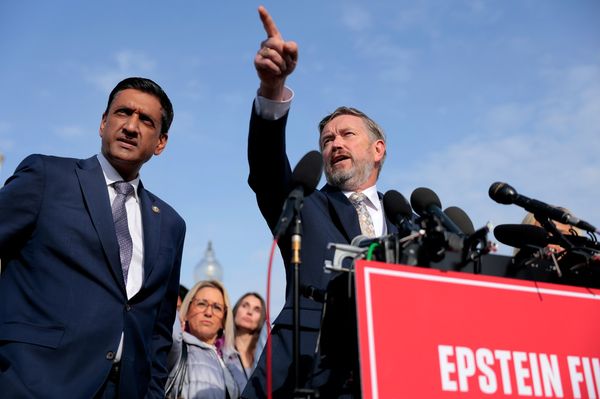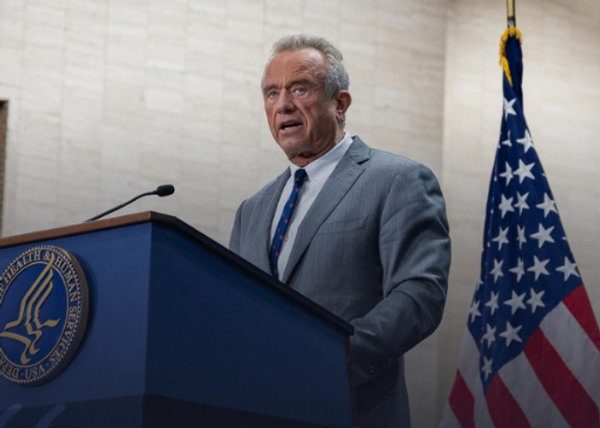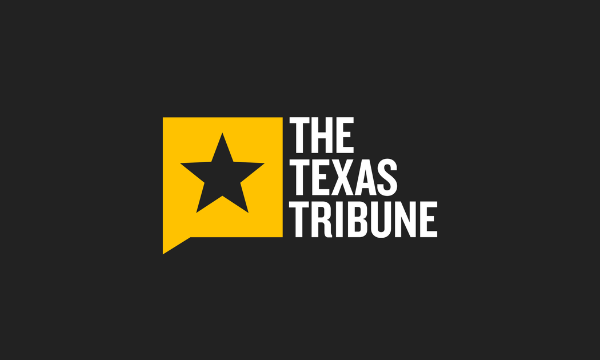
U.S. producer prices surged in July at the sharpest pace since mid-2022, reigniting concerns over inflation persistence just as markets were pricing in a series of Federal Reserve rate cuts in the upcoming months.
- VOO ETF is trading near record highs. Check live prices here.
Economists are warning that President Donald Trump's new tariffs may be feeding through inflation faster than expected as the Producer Price Index (PPI) rose 0.9% month over month, far exceeding the 0.2% increase expected and marking the largest monthly jump since June 2022.
On an annual basis, headline PPI jumped to 3.3% in July, up from 2.4% in June, 0.8 percentage points above consensus.
Every major category contributed to the increase, with food prices rising 1.4% and transportation and warehousing costs up 1.0%.
Core PPI — which strips out food and energy — climbed 0.9% on the month, also the largest increase since March 2022, while the year-over-year core reading accelerated to 3.7%, from 2.6% in June.
More than 75% of the increase came from services, where final demand service prices rose 1.1%, with a significant portion driven by a 3.8% spike in margins for machinery and equipment wholesalers.
Fed Officials Grapple With Tariff Impact
St. Louis Fed President Alberto Musalem said Thursday the tariff-induced price shocks are clearly feeding through to inflation.
"I expect most of the impact of tariffs on inflation to fade in 6 to 9 months, but it could be more persistent," he said in an interview with CNBC.
Musalem added that although there are some signs of weakening in the labor market, it remains solid, and "a half-point cut is not supported by the state of the economy or the data."
Economists React: The Fed's Tightrope Just Got Trickier
Matthew Martin, senior economist at Oxford Economics, said the report highlights the growing tension the Fed faces in navigating its dual mandate.
"Tariff-exposed goods are rising at a rapid clip," he said, suggesting businesses may no longer be able to absorb cost increases.
“Our baseline is still that the Federal Reserve will hold off on rate cuts until December,” he added.
Chris Zaccarelli, chief investment officer at Northlight Asset Management, called the PPI print a "most unwelcome surprise" following the softer CPI earlier in the week.
"Inflation is coursing through the economy, even if it hasn't been felt by consumers yet," he said, warning that this may unwind recent optimism around rate cuts.
Joseph Brusuelas, chief economist at RSM, took a more critical stance, writing on X: "So much for foreigners paying tariffs. If they did, PPI would be falling."
Bank of America economist Stephen Juneau is tracking core PCE to rise 0.3% month over month, lifting the year-over-year rate to 2.9%, while Spencer Hakimian from Tolou Capital suggested the core PCE could come in as high as 0.6%, or 7% annualized, calling the figures "a complete disaster."
While markets continued to fully price a 25-basis-point rate cut at the Fed's September meeting, today's data sharply increases the uncertainty.
"The Fed won't like this report," said Liz Thomas, head of market strategy at SoFi, pointing to broad inflation across services and retail margins.
Bill Adams, chief economist at Comerica Bank, said that tariffs are working their way through business supply chains and "will show up in higher consumer prices over time."
Still, he added, "upcoming jobs data will weigh more heavily on the Fed's next decision than this inflation report."
With the August payrolls report due Sept. 5 and a key Bureau of Labor Statistics benchmark revision scheduled for Sept. 9, the inflation-versus-employment balancing act will continue to define the Fed's next steps.
Read Next:
Image created using artificial intelligence via Midjourney.







